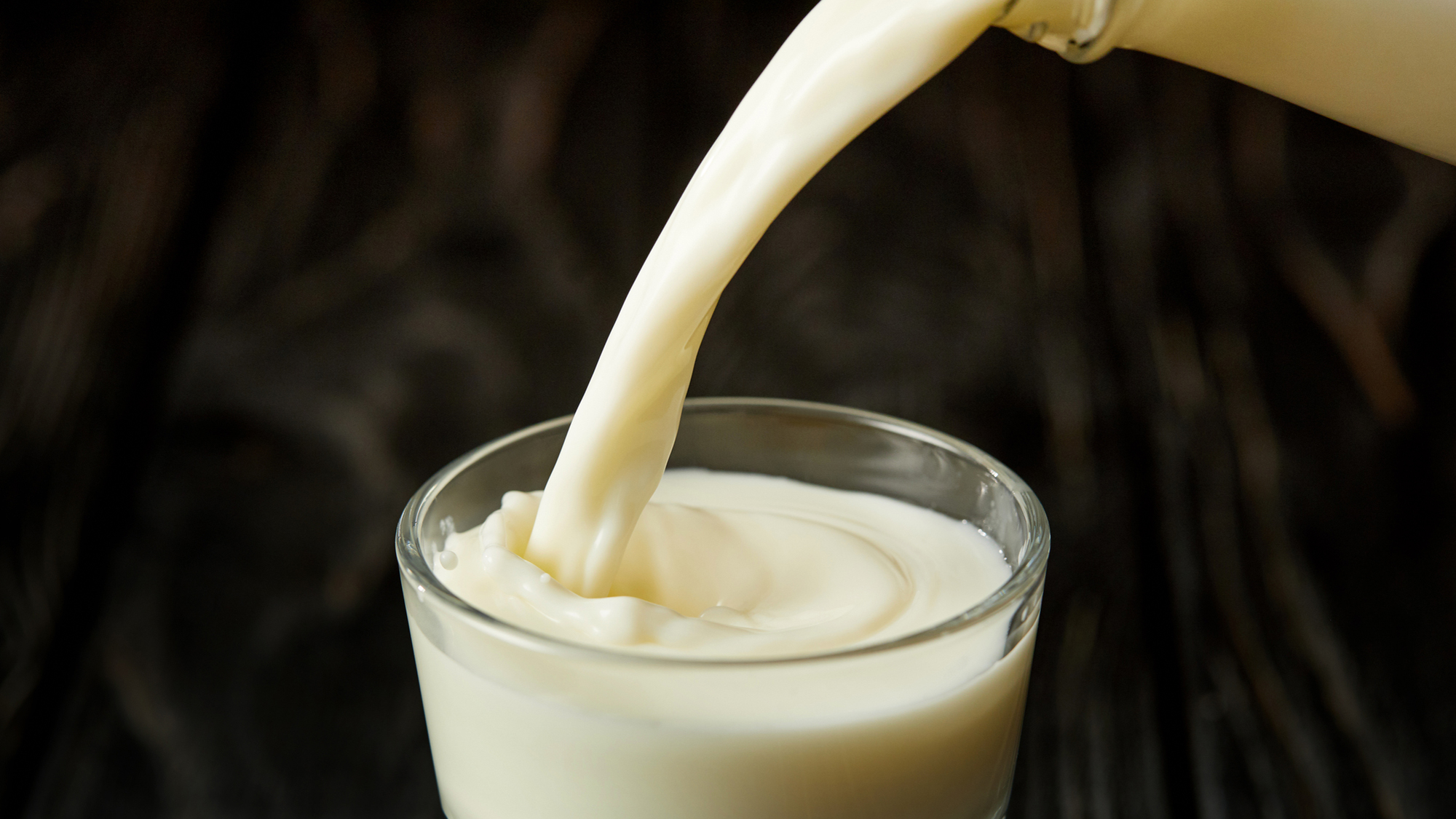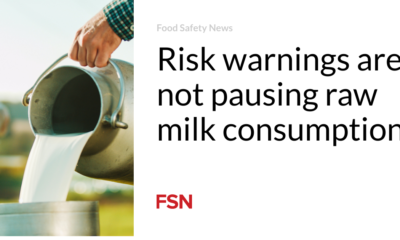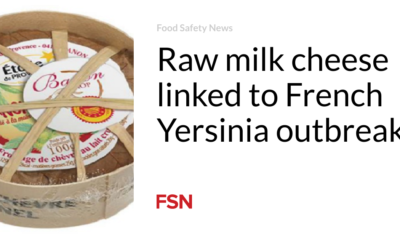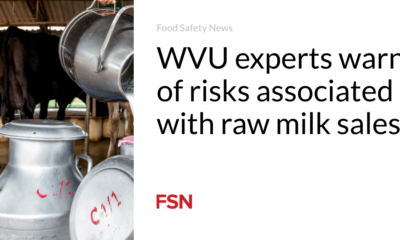Technology
Why you shouldn’t drink raw milk

This article originally appeared on The conversation.
Recent reports that the bird flu virus H5N1 has been found in cow’s milk are questions raised about whether America’s milk supply is safe to drink. According to the federal Food and Drug Administration, the answer is yes. as long as the milk is pasteurized.
Nevertheless, Sales of raw (unpasteurized) milk have increaseddespite health experts warning that raw milk could contain it high levels of the virusalong with many other pathogens.
Like a extension food scientist in a state where the sale of raw milk is legal, I provide technical support to help processors produce safe, high-quality dairy products. I’m also interested in helping people understand the confusing world of pasteurization methods on their milk labels, and why experts strongly advise against consuming raw milk and products made from it.
Map: The Conversation, CC BY-NDSource: Facts about real raw milkGet the dataDownload image Made with Data packaging
What can make milk unsafe?
Dairy products, like many other foods, carry inherent risks that can cause a variety of illnesses and even death. Our milk comes from animals that graze outdoors and live in barns. The milk is collected from the farm by tanker trucks and delivered to the processing plant. These environments provide numerous opportunities for contamination by pathogens and food spoilage organisms.
For example, listeria monocytogenes comes from environmental sources such as soil and water. Mild listeriosis infections cause flu-like symptoms. More severe cases are unfortunately too common and can cause miscarriages in pregnant women in extreme cases even death.
Other pathogens commonly associated with dairy animals and raw milk include E. coliwhich can cause serious gastrointestinal infections and lead to kidney damage; Campylobacter, the most common cause of diarrhea in the US; And Salmonellacausing abdominal pain, diarrhea and other symptoms.

Keep drinks safe with heat
In the 1860s, French microbiologist Louis Pasteur found that heating wine and beer killed the organisms that caused spoilage, which was a significant problem in France at the time.
This heating process, which became known as pasteurization, was introduced in the US before World War II, at a time when milk was responsible for 25% of all US foodborne illness outbreaks. In 1973, the federal government required all milk sold across state lines in the US to be pasteurized, and in 1987 prohibited interstate sales of raw milk.
Pasteurization heats each particle of a food to a specific temperature for a continuous period of time to kill the most heat-resistant pathogen associated with that product. Different organisms respond differently to heat, so controlled scientific studies are needed to determine how long a specific temperature will kill a specific organism.
Since 1924, pasteurization in the US has been led by the Regulation for pasteurized milk of class “A”.a federal guidance document updated every two years to reflect current science and approved by all 50 states. Pasteurization equipment in the US must meet strict requirements, including sanitary design, safety controls and material standards.

Pasteurization methods
Dairy processors can choose from different types of pasteurization. When done properly, all of these methods produce the same result: pathogen-free milk. Processors may process milk beyond minimum times or temperatures to provide an extra margin of safety, or to reduce bacteria that can cause milk to spoil, thus extending the product’s shelf life.
Barrel pasteurizers, also known as batch pasteurizers, are often used by smaller processors handling limited volumes. The milk is pumped into a temperature-controlled tank with an agitator, heated to a minimum of 145 degrees Fahrenheit (63 degrees Celsius) and held there continuously for 30 minutes. It is then cooled and pumped out of the barrel.
The most common method for commercial milk is short high temperature pasteurization, which can treat large volumes of milk. The milk is pumped at high speed through a series of thin plates to reach a minimum temperature of 71 degrees Celsius. It then passes through a holding tube for 15 seconds and the temperature is automatically checked for safety and cooled.
The most complex and expensive systems are ultra-pasteurizers and ultra-high temperature pasteurizers, which pasteurizes milk in just seconds at temperatures above 285 F (140 C). This approach destroys many spoilage organisms, giving the milk a significantly longer shelf life than other methods, although products made this way sometimes have more of a “cooked” taste.
Ultra-high temperature products are processed in a sterile environment and packaged in sterile packaging, such as lined boxes and pouches. They can be kept for up to a year before opening. The ultra-high temperature packaging makes it safe to take milk to school for children every day.
Bird flu in milk
The detection of fragments of the bird flu virus in milk is a new challenge for the dairy industry. Scientists do not have a complete picture of the risks for humans, but they are learning from this.

Research so far has shown that virus particles end up in the milk of infected cows, but that is also true pasteurization will inactivate the virus. However, the FDA advises consumers not to drink raw milk because there is limited information about it whether it can transmit bird flu.
The agency also urges producers not to produce or sell raw milk or raw milk products, including cheese, made with milk from cows showing symptoms of disease.
It’s never a good time to get a foodborne illness, and this is the beginning of it ice season. At a time when bird flu is emerging in new strains and scientists are still learning how bird flu is transmitted, I agree with the FDA that raw milk poses risks that are not worth the risk.
Kerry Elizabeth Kaylegian receives funding from USDA.













